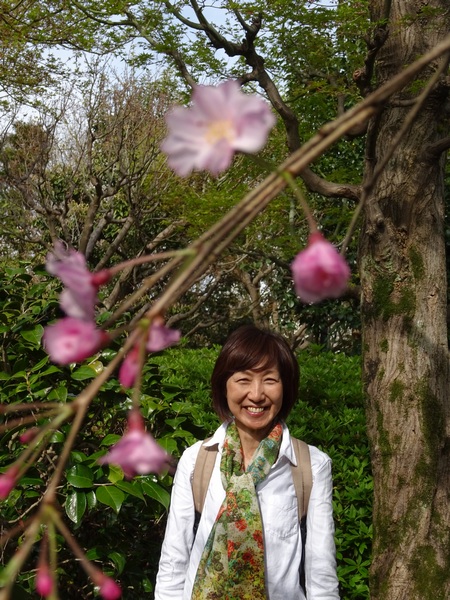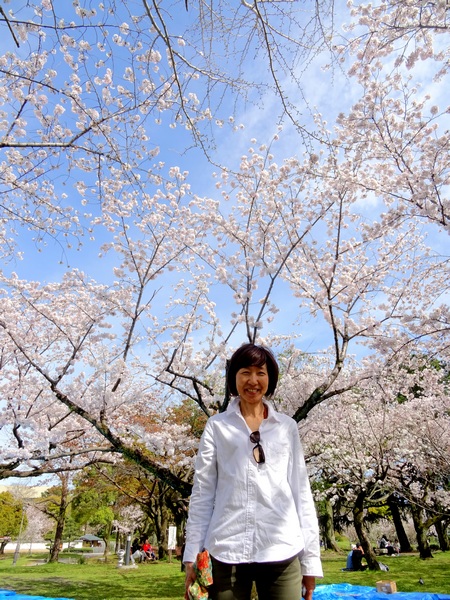 Last time, I wrote that the cherry blossoms have gotten some awful good press over the years—and that other flowers that bloom at the same time have gotten less coverage—and less love—than they deserve. This was not meant to take anything away from the cherry blossoms.
Last time, I wrote that the cherry blossoms have gotten some awful good press over the years—and that other flowers that bloom at the same time have gotten less coverage—and less love—than they deserve. This was not meant to take anything away from the cherry blossoms.
I love them.
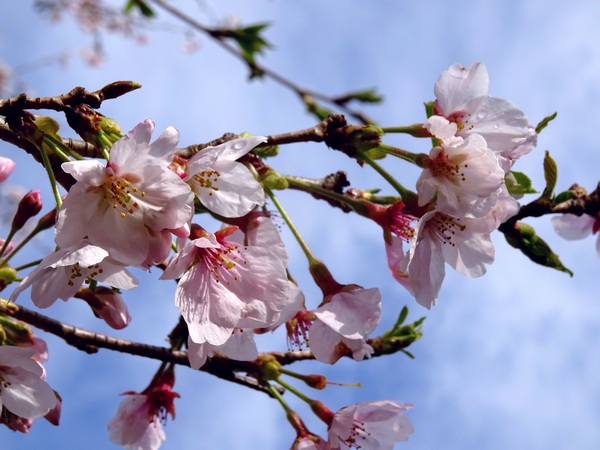
And today, we at Persimmon Dreams are happy to have with us an expert on the beauty of nature, one of our Hearty Hikers, Ms. Tamami Kano.
What credentials does she have? She has the most essential one. She constantly has her eyes on nature, is always seeking something new, and is constantly finding and celebrating beauty.
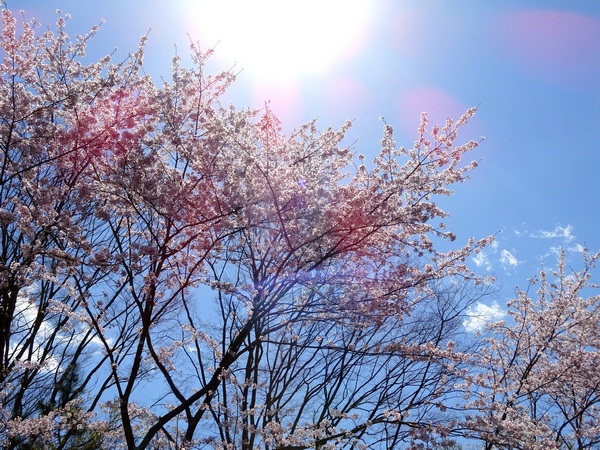
PD: Tamami, thank you for meeting us to enjoy the cherry blossoms today. Just in your own words, what do you feel standing here surrounded by all these cherry blossoms?
Tamami: Just happy. And grateful. I’d like to thank them for being here with me.
PD: Do you have any favorite song or poem about the cherry blossoms?
Tamami: “Sakura, hira hira, maiochiru.” (The dancing cherry petals flutter, flutter, flutter down.)
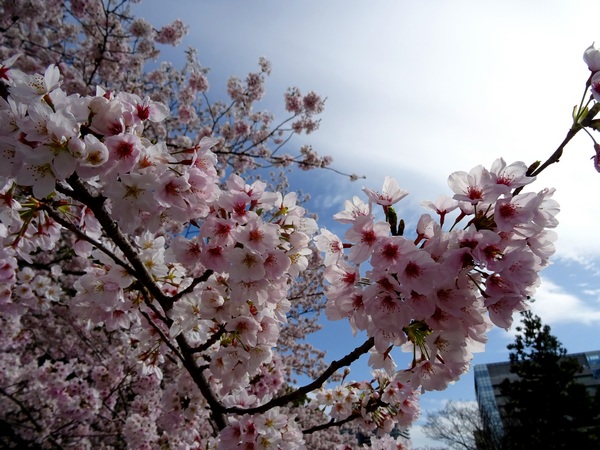
PD: What do you think about the color of the blossoms?
Tamami: Impossibly delicate.
PD: Where is your favorite place to see cherry blossoms?
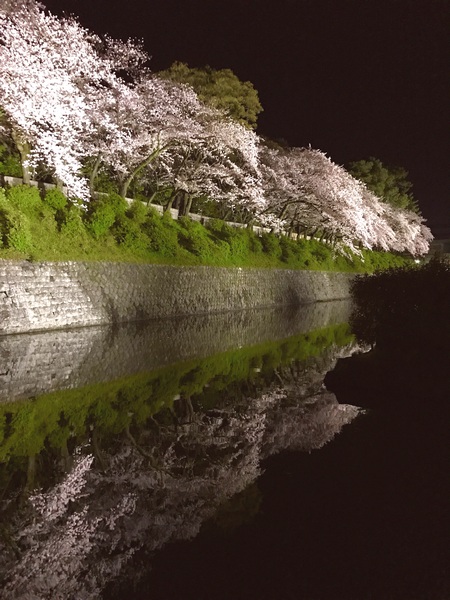
Tamami: If it’s daytime—and the sun is shining—I like the trees that cascade down over the moat, on the north side of Sumpu Park. The view from the bridge is marvelous. The color of the water and the grey of the moat-wall rocks and the pink of the blossoms harmonize perfectly.
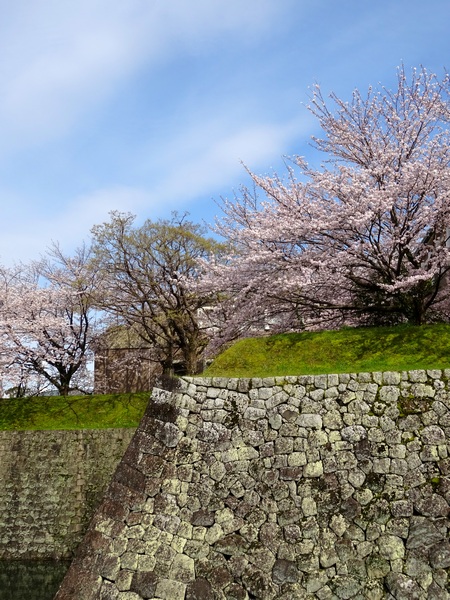
PD: We know that you are a great connoisseur of beauty. Is there some difference between the beauty of the cherry blossoms and other flowers?
Tamami: Yes, there is. Should I try to explain it?
PD: If you don’t mind.
Tamami: With cherry blossoms, it’s the balance, the shape, the sweep of the limbs that creates the beauty. And then, also, I think . . . they are really Japanese.
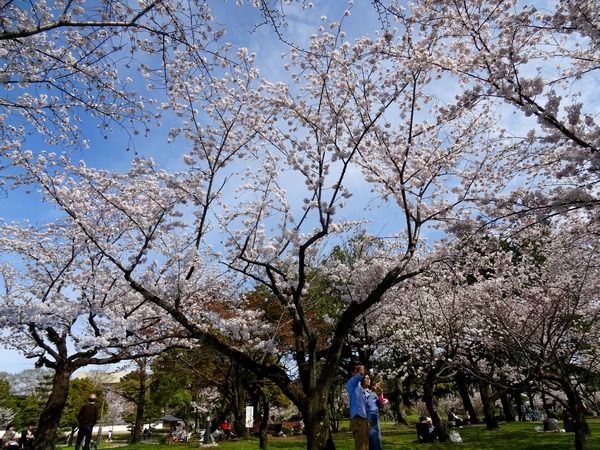
PD: “Japanese”? What does that mean?
PD: I mean, they are a part of Japanese culture. When I stand under them, I feel a little bit of wabi sabi.
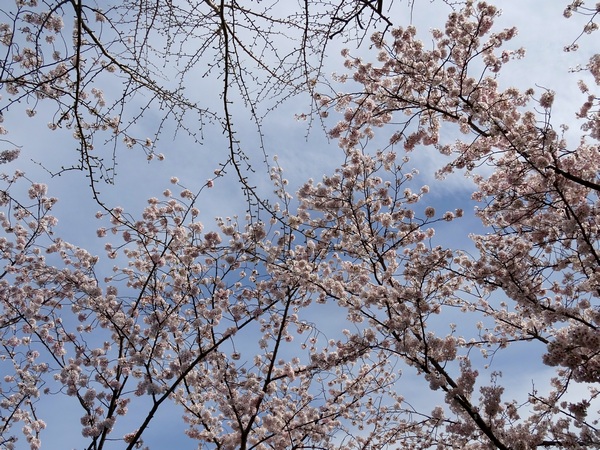
PD: Sorry to keep following up, but what is wabi sabi?
Tamami: Wabi sabi is a basic idea about Japanese aesthetics, finding perfection in imperfection and transcience.
PD: Is that your original definition?
Tamami: No, that’s the definition of my friend from Hungary. (laugh, laugh)
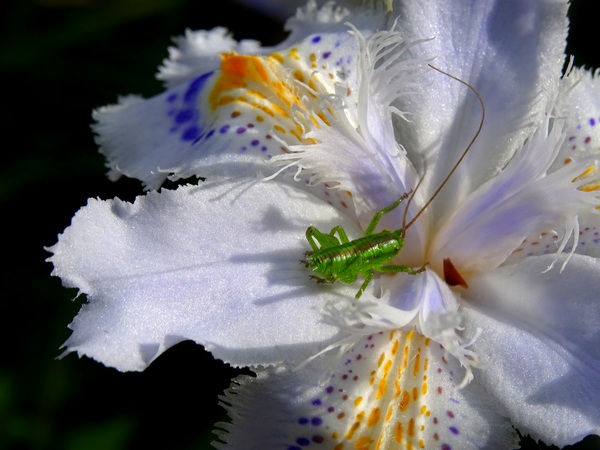
PD: I’ve noticed the shaga are blooming here in Johoku Park, as well as all the cherry trees. What do you think about the shaga? Are they beautiful, too? Is it the same beauty?
Tamami: Of course, the shaga are beautiful, too. But they are a bit different from cherry blossoms. I feel a wild energy in the stalks of the shaga. The flowers of the shaga seem both cute and elegant at the same time.
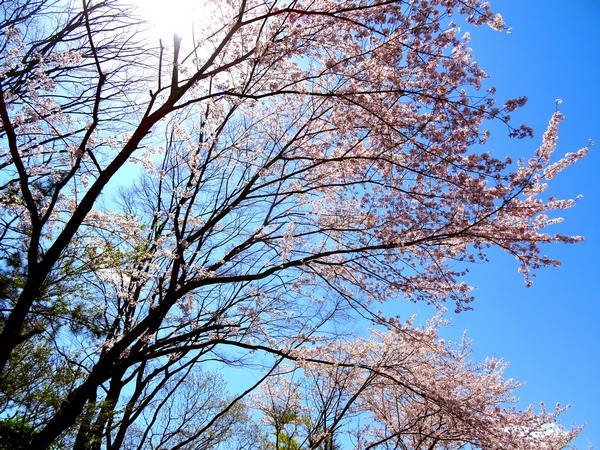
PD: Are the cherry blossoms cute and elegant?
Tamami: They are elegant. They have more of a mature beauty than a cuteness.
PD: Thank you for your time today. One last question. You said you feel grateful to the cherry blossoms. Is there anything you’d like to say to them now?
Tamami: Now I’m just thinking that maybe we have a lot of things to learn from not only cherry blossoms but from all plants. They never complain and accept things as they are. And just enjoy living. That’s really beautiful.
